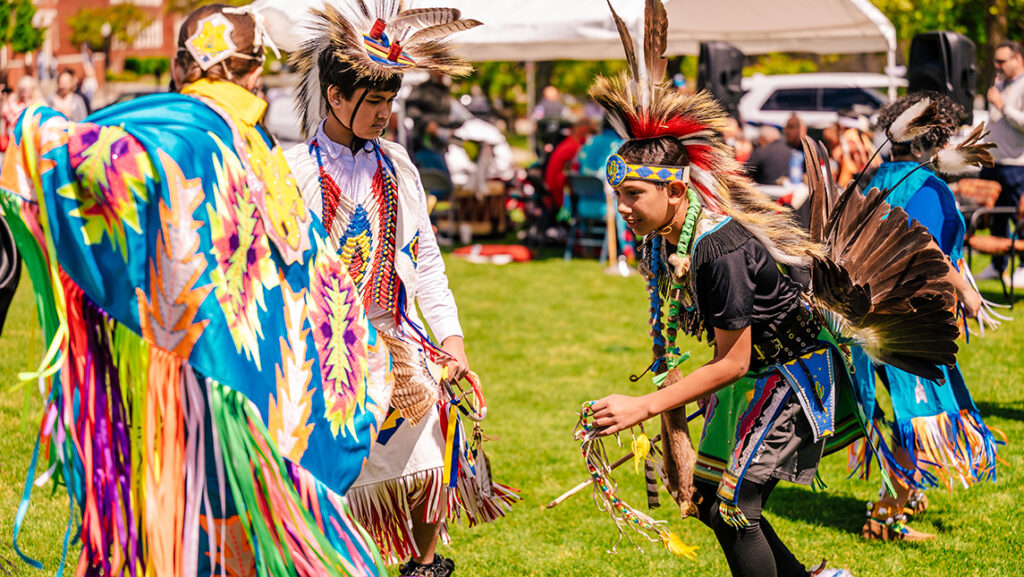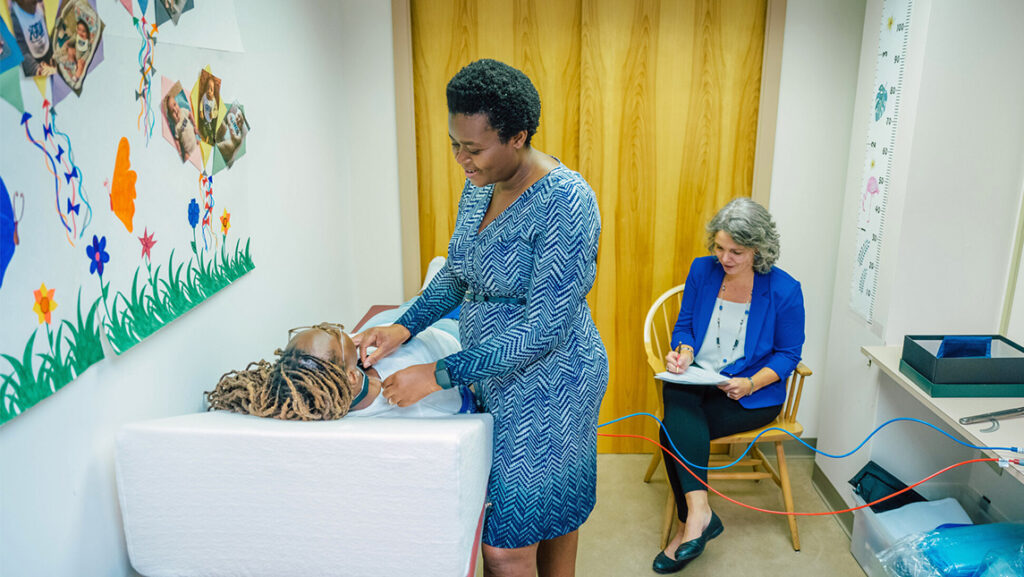
Dr. Sally Koerner (Biology) received new funding from the USDA NIFA Agriculture and Food Research Initiative for the project “Assessing impacts of patch-burn grazing management on sustainability of multiple agroecosystem services.”
Frequently, cattle production comes at the expense of plant and wildlife biodiversity, with cattle management goals at odds with environmental health and conservation (Derner et al. 2009, Toombs and Roberts 2009, Fuhlendorf et al. 2012). In grasslands that can carry fire (mesic grasslands), annual burning and grazing (ABG) is a common management technique (With et al. 2008) to increase forage production for cattle (Allred et al. 2011)
However, ABG homogenizes vegetation (Koerner and Collins 2013) reducing habitat quality for native flora and fauna (Fuhlendorf et al. 2010). Patch burn grazing (PBG) is a new management strategy that promises to allow land owners to prioritize cattle weight gain and promote conservation and sustainability practices. PBG employs fire and grazing interactions to create a “shifting mosaic” of forage across a landscape through time (Fuhlendorf and Engle 2004). In an unfenced management unit, fire is used to lure grazing animals to a portion (patch) of the unit that has recently burned (Weir et al. 2013), while unburned patches experience reduced levels of grazing.
The patchiness of disturbances across a PBG landscape leads to heterogeneity of vegetation and potentially many other components of the ecosystem. Heterogeneity at large spatial scales, like that created in vegetation by PBG, is important for ecosystem health as it leads to greater diversity, ecosystem connectivity, and stability of ecosystem function and services (e.g., (MacArthur and MacArthur 1961, Loreau et al. 2001, Scasta et al. 2015). Importantly, in addition to its purported benefits for wildlife and natural resources, PBG still provides equivalent cattle production to more traditional management practices, such as ABG. Yet evidence for many of the potential benefits of PBG for bird, small mammal, insect, and plant communities is limited or equivocal, and PBG’s belowground effects (e.g., soil health, carbon sequestration) remain completely unexplored. Here, we propose to examine the effects of PBG on the health and sustainability of a grazing ecosystem utilizing long-term PBG experiments in tallgrass prairie.
Long-term goal: Assess the ability of PBG to increase ecosystem health and services at a landscape-level in order to ultimately understand the sustainability of PBG for long-term conservation of natural resources.
Supporting Objectives:
- Assess the effects of PBG management on ecological properties, processes, and services (including understudied belowground components) at both the landscape and patch (individual burn units) scale.
- Determine whether PBG enhances coupling of various ecosystem components at the landscape scale.
- Investigate how ecosystem coupling affects ecosystem services in the context of PBG.
- Examine landscape level ecosystem services generated by long-term PBG at multiple sites throughout Eastern Kansas.
Overall, the project will integrate above and below-ground findings across trophic levels to assess the impact of management choices on important landscape characteristics. These results will be vital for land managers, policy makers, and stakeholders seeking to enhance food production, while simultaneously protecting and conserving environmental health. Ultimately, conserving environmental health will ensure the long-term sustainability, and security of, food production in the US.


